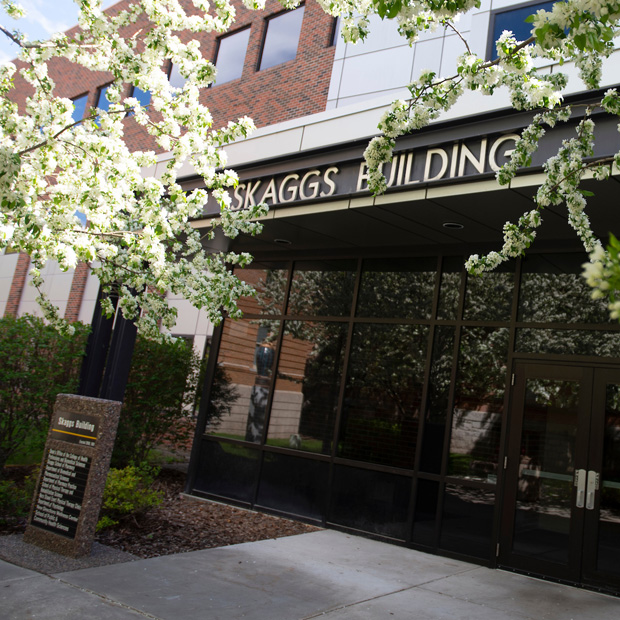Diversity Statement
University of Montana, College of Health Diversity* Statement
The University of Montana’s College of Health (COH) is home to the Skaggs School of Pharmacy, Family Medicine Residency of Western Montana, School of Social Work, School of Physical Therapy and Rehabilitation Science, School of Public and Community Health Sciences, School of Speech, Language, Hearing and Occupational Sciences, and School of Integrative Physiology and Athletic Training.
Our College recognizes theimportance of diversity and inclusion to promote equity and excellence in: education; clinical service; neurodiversity;community service; community collaboration; global health; innovative science; effective health policy development; and in effectively responding to the needs of underserved populations. We are collectively committed to the empowerment of individuals, families, and communities and the promotion of a more just and healthy society.
Goals:
- Advance diversity and inclusion in recruitment, retention, and success for students, faculty and staff at COH.
- Become a community of recognized leaders in diversity and inclusion in education, research, and service in health professions and sciences.
- Create an environment that promotes the dignity and respect of our diverse students, faculty and staff that is responsive to the needs of all persons and recognizes the strength of diverse perspectives to promote health for all.
- Demonstrate dedication to the values of diverse opinions and perspectives while educating a health care workforce that is mindful of the potential for bias in science and health.
- Promote cultural humility as a central principle that allows for providers, students, faculty, and staff to be aware of cultural differences and reducethe potential for unintended harm in clinical or educational settings.
*University of Montana Diversity Definition:
The University of Montana seeks to enhance diversity by recognizing and embracing the differences in age, ideas and perspectives, disabilities, creed, ethnicity, gender identity, gender expression, veteran status, national origin, race, religious and spiritual beliefs, sex, sexual orientation, and the socioeconomic and geographic composition of its faculty, administrative professionals, staff, and students.
